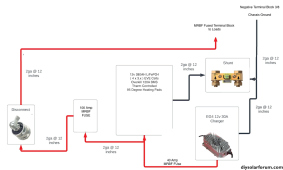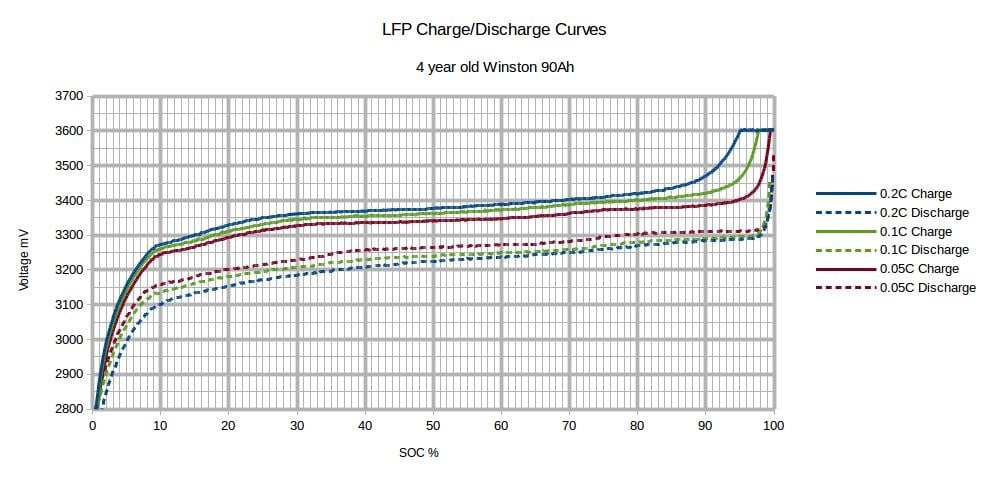I'm curious what your shunt is intended to do in that diagram, or what it is connected to. Does the overkill BMS read the shunt?
Just goes to a Camway Battery Monitor. My underrating is it measure power going in... power going out.
a) a basic system, as shown above where there is no feedback from the BMS or Shunt to tell the charger what to do. The charger will just charge to the voltage it is designed to do, either dumbly, or having some in-built charge profile using its own voltage and/or current measurements.
BINGO! That was my next question. In my setup what DOES the BMS actually do? Is it able to balance the cells when charging? I see that as a setting. But I have no idea how it does that with those little wires...
So, some lights are coming on here...
1. If the BMS in my setup detects an issue, too hot, too cold, overcharge, etc. All it can do it open the ground circuit and thus cut off power to my trailer? I guess I would like to confirm that behavior.
2. It's really up to the EG4 Charger to not overcharge or undercharge the batts.
3. I'm looking at my EG4 manual. I don't see any information other than it charges to 100%. Still digging... I would think it would be designed to only go to 90% SOC and then.... float? Maybe I'm overthinking this one.
I think where I'm going is... How important is it that I have power below freezing? When am I ever going to be in my trailer when it's below freezing? Probably NEVER. If that were a concern... I would want a BMS that can shut off the CHARGER... and not just open the ground/kill the power so I would still have lights. Meh.
And, I should just trust the EG4 to charge properly. The Float probably keeps it at 90% SOC and it's not going to be doing 3.65 per cell all the time.
Hmmmm.... I've gone down a rabbit hole but perhaps needlessly.






